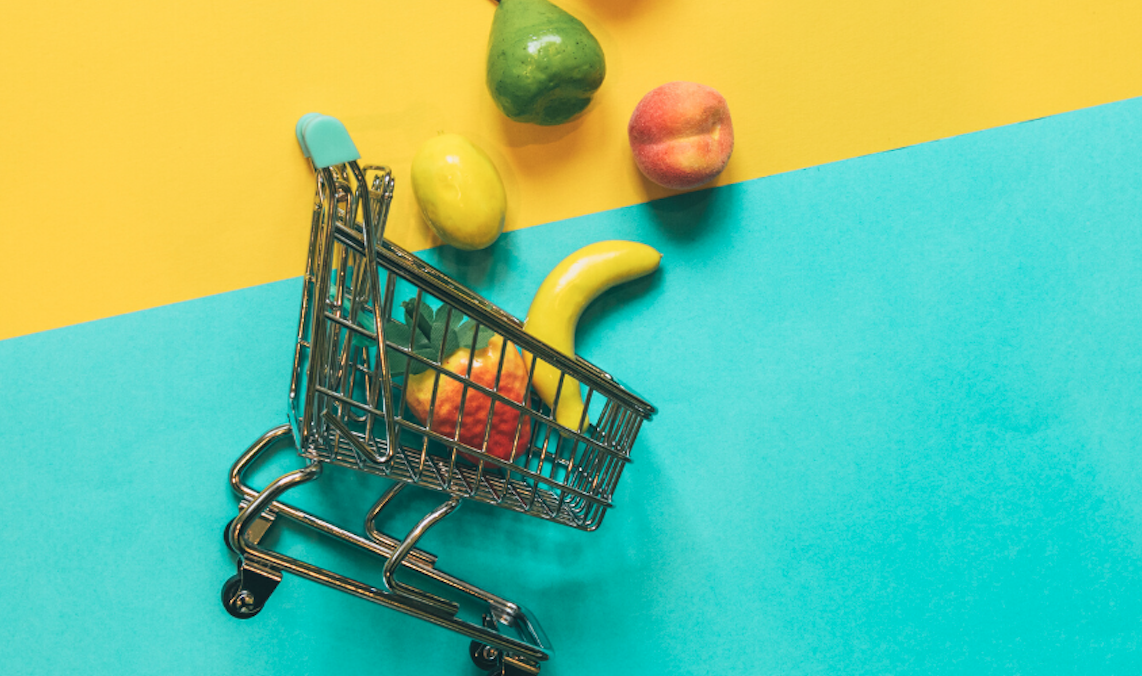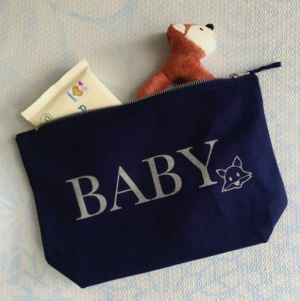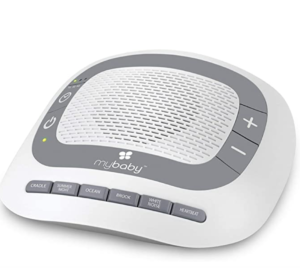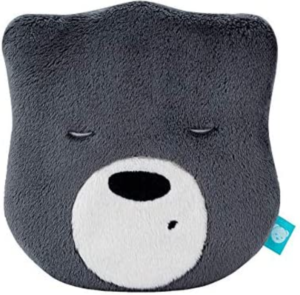
Despite being a dietitian, weaning my baby hasn’t been as easy or straightforward as I would have liked! This is because he has cow’s milk protein allergy (CMPA) and cannot tolerate soya either. In addition to this, he is also allergic to hen’s eggs and peanuts!*
⠀⠀
To give you a bit of background, we realised that H had CMPA** before we weaned as he was reacting through my breast milk; his skin was covered in patchy eczema and he would vomit after most feeds (and have mucousy poops too). These symptoms got better several weeks after I stopped eating dairy and soya but we didn’t realise he was allergic to eggs or peanut butter until we gave it to him during weaning; he vomited back the egg straight away and started itching his throat and developed a rash all over his face when I gave him a tiny amount of peanut butter (this settled though when we gave him Piriton in the ambulance).
⠀⠀
There are a few things that have helped us along the weaning journey, which I’ll admit have been a little easier because of my background in dietetics, however having children’s dietitians as friends has really helped as I usually work with adults, not children or babies!
⠀⠀
MY TOP TIPS
⠀⠀
1. Check the Ingredients list before you buy – Allergens (by law) are listed in BOLD which means that they are easy to spot. I couldn’t believe how many breads contain soya flour but have found a couple of nice loaves (e.g. Jacksons and BFree), as well as pitta breads and wraps which tend to be free from soya too.
2. Try Vegan – Buying vegan, for example a bean burger, will usually mean that it will be free-from all dairy and eggs too. You’ll have to check the ingredients list for any ‘may contains’ and soya though if they can’t tolerate that (as well as the salt content)! If you or your baby loves cheese then you could try adding some nutritional yeast for flavour (most vegan cheeses are made from coconut oil and aren’t the best texture!).
3. Choose Fortified – Make sure that the milk and yoghurt alternative that you use has added calcium, and even better iodine (like KoKo Super or Oatly). When it comes to fortified cereals, although Ready Brek is an excellent choice for most babies, remember that it’s produced in a factory that makes the chocolate ready brek too, so isn’t suitable for milk allergy sufferers (my baby cannot tolerate it unfortunately)
4. Free From Biscuits – This one is for mummy. I love love love Nair’s oat biscuits with a cup of tea (made with almond milk!) as they are naturally free-from dairy, soya and eggs (plus they’re low in sugar as well!). My toddler occasionally has one from my pack of 4 as well!!
5. Dark Chocolate – Another tip for mums; I love chocolate but when I was breastfeeding (until H was 18 months old) stayed away from anything except dark due to the milk content. I offered my baby some coconut chocolate mousse the other day to see how he would react but I don’t think he was too impressed.
6. Discuss your Baby’s Allergies with their Nursery – And ask them for copies of their recipes if your baby seems to eat well there too. This is what I did as I really struggled with recipes to make as nearly all of them have cheese or eggs in that I choose.
GOOD TO KNOW:
*WEANING – When you first start weaning and then introducing potential allergenic foods (after your baby’s first tastes of vegetables) such as cow’s milk, egg, soya, wheat, nut butters, tahini (sesame) or fish, do so one food at a time (3 days apart) and in a really small amount to begin with. The @start4lifeuk website has some fantastic info on this! Contact your GP if you have any concerns.
**TESTING – There’s no ‘test’ for delayed CMPA; other than cutting out dairy and then reintroducing it and monitoring for symptoms. Most children luckily grow out of it and progressing through the ‘milk ladder’ can help with this; a dietitian will guide you through the steps if your baby has CMPA (poor H also has an egg allergy so needs the egg ladder too!).
FOR MORE INFO check out: AllergyUK as well as the following hashtag: #mummynutritioncmpa













































































